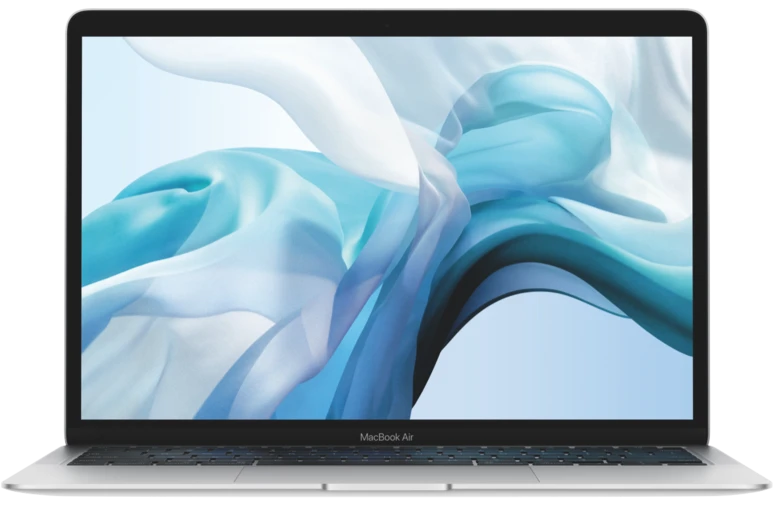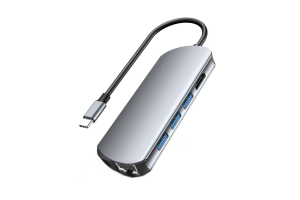An excellent baseline device for anyone after a reliable Mac.
MacBook Air 2020 Review
The MacBook Air was my first Mac. The laptop that nudged me away from the world of Windows. I mean, I still dual booted. It wasn't the MacBook Air's operating system that made me rethink my allegiance, but how damn good its trackpad and keyboard were.
At the time, Windows laptops were frustratingly inconsistent with build quality. Some had good keyboards. Some had alright trackpads. None had both. MacBooks, on the other hand, were a joy. No other laptop compared, which made it all the more heartbreaking when Apple adopted its controversial butterfly keyboard. It just wasn't the same.
While the MacBook Air name may evoke a fluttery sensation, it fortunately no longer suffers from butterflies. It marks return to form for the laptop that sold me on Macs in the first place.
Keyboard
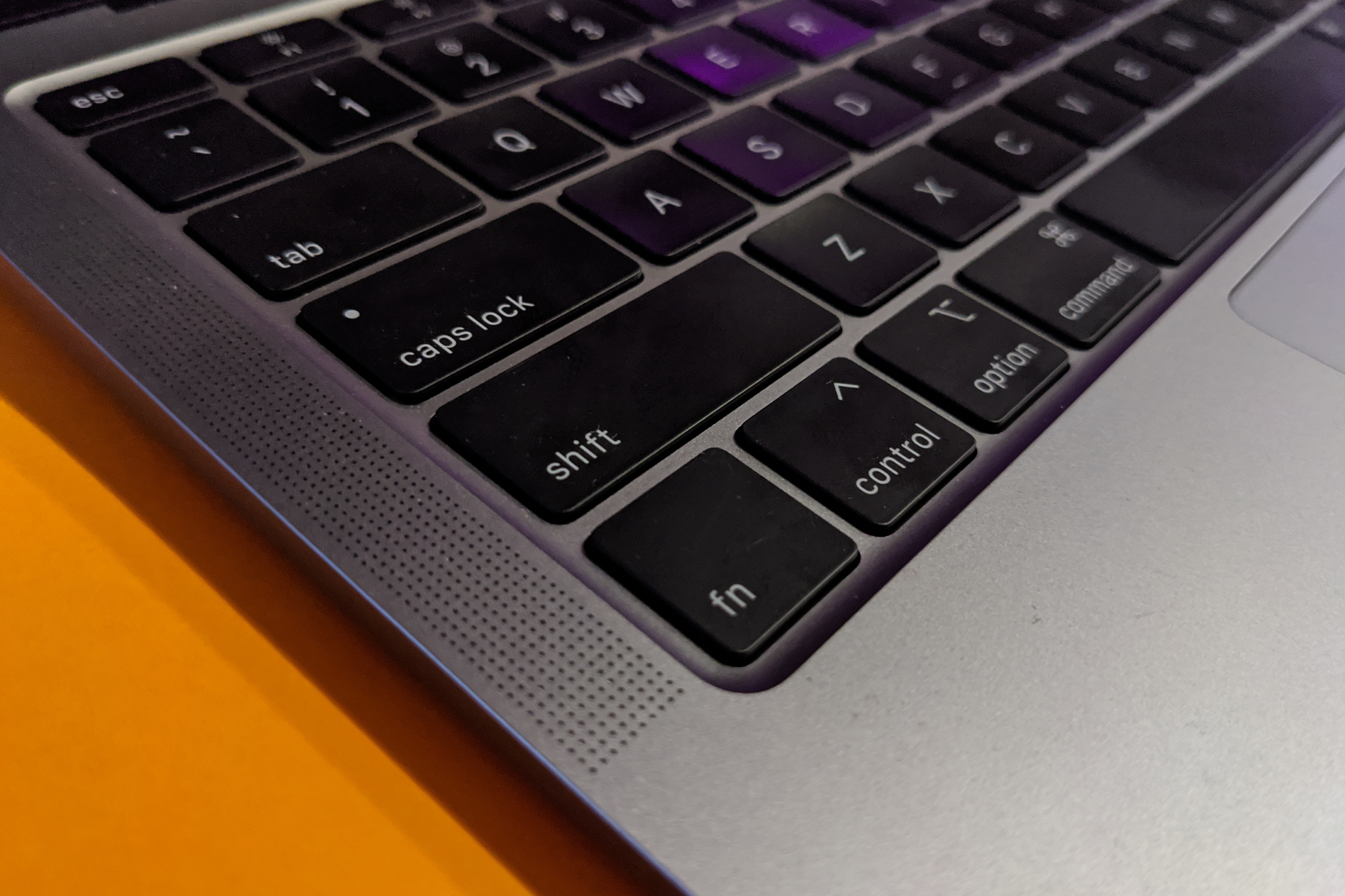
Apple first introduced the butterfly keyboard with the 12-inch MacBook in 2015, an ultra-thin laptop that effectively out-aired the Air. The keyboard design was shallower than what we'd seen on past MacBooks, which allowed for a thinner laptop design.
I've always preferred keyboards with greater travel, but that wasn't the only issue. The shape of the mechanism made it easier for debris to lodge under a key, causing it to fail. Butterfly keyboards weren't quite as nice to type on, and they were prone to failure. They were a clear case of form over function.
With the 2020 MacBook Air, Apple has swapped to a new design, dubbed the magic keyboard. Not only is it more satisfying to type on thanks to additional travel, but it also uses a more traditional scissor-switch mechanism. As such, there's far less risk of any dirt or debris damaging a key.
Apple doesn't exactly deserve praise for undoing a mistake, but the MacBook Air keyboard is still downright lovely. It's well-spaced out, a pleasure to type on, and easily one of the best keyboards you'll find on a laptop. You no longer have to compromise on usability just because you want a Mac.
Performance
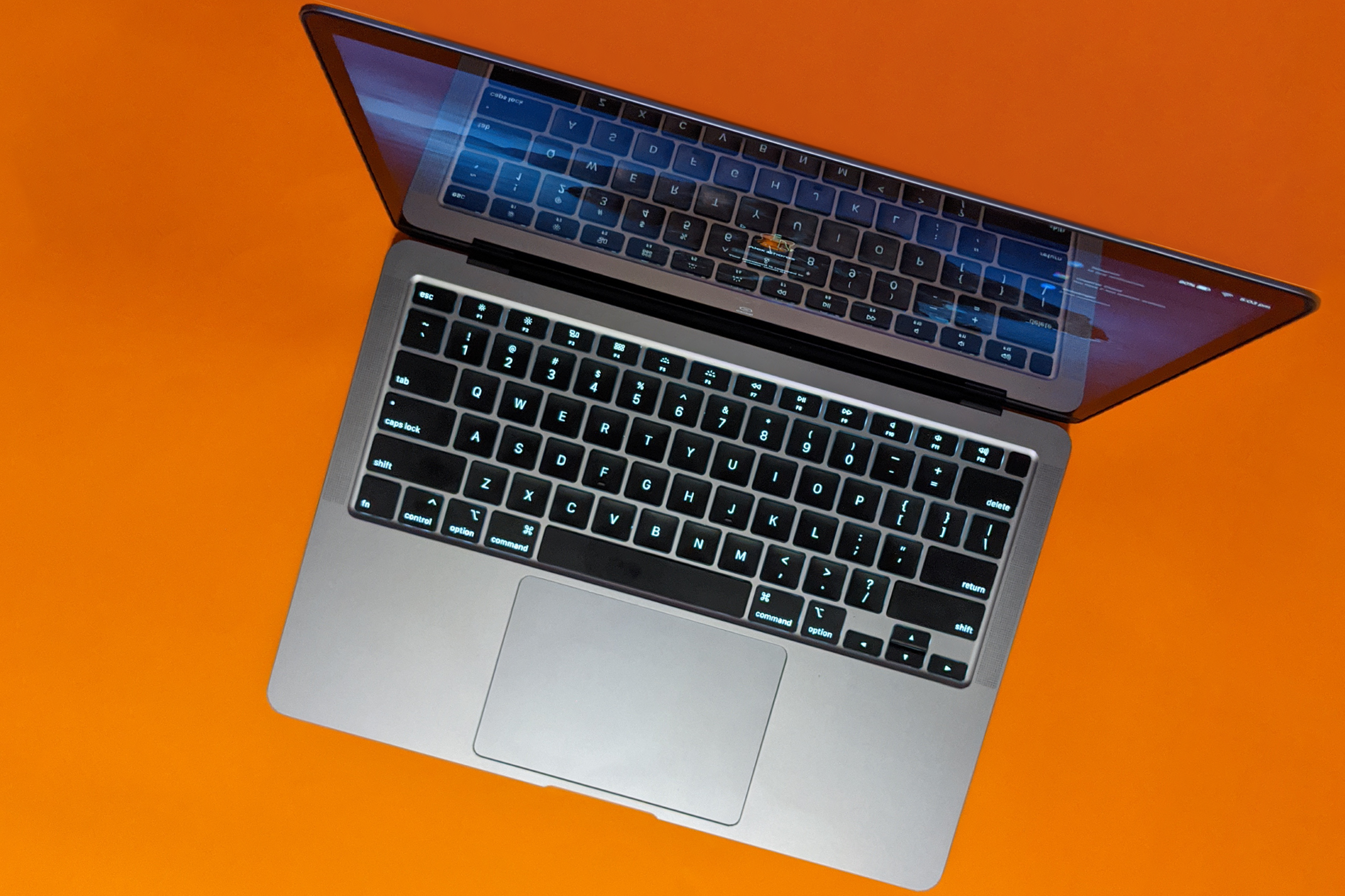
Apple has never designed the MacBook Air as a workhorse computer, rather a reliable machine for day-to-day performance. It's perfectly zippy and feels as responsive as a computer should.
You can even push it a little, but anything more intense than some light edits in Photoshop will make the fan whir up. A few minutes playing Sayonara Wild Hearts was enough to create audible fan noise, and that's not a very demanding game. Even a long enough Zoom call makes the new MacBook Air run hot. For context, I've been testing out the $1,999 model with an i7 processor, as opposed to the entry-level device.
None of this means the MacBook Air still can't hold its own when it comes to more demanding tasks. It's not going to be as fast as a MacBook Pro, but the Air will still do the job if you need to cut some high-definition video or dabble with audio production.
Sustained intense workloads can cause the machine to heat up, however, so a MacBook Pro is almost certainly a better choice if you need to say, edit video on the reg. The MacBook Air will do in a pinch, but it's much more of an "everyday" computer.
One slight frustration - especially in our interesting times - is a subpar webcam. If you've got a reasonable amount of light in your room, it will look fine, but it becomes aggressively grainy with even a hint of darkness.
In terms of battery life, you should expect anywhere between 7 and 10 hours from the MacBook Air, at least with day-to-day tasks (video editing or gaming will, of course, affect performance). Chrome is notorious for impacting MacBook battery life, but you can increase the time between recharges by using Safari. It's not quite an "all-day battery" but certainly more than reasonable. You may need to plug in at some point for a little extra juice, though.
Design and ports
As with more than a few newer laptops, the MacBook Air relies solely on USB-C for connectivity. If you want to connect a thumb drive, you'll need a dongle. If you're going to slot in an SD card, you'll need a dongle. If you want to connect an external display, you'll need a dongle (or a monitor that supports USB-C).
I find I rarely plug things into my notebooks while I'm on the go, and an adapter with a full-size USB port and an SD card reader covers most of my needs.
When working from home, limited connectivity options can become more of a problem. If you wanted to connect your MacBook Air to two external displays, you'd potentially need two USB-C to HDMI dongles, which instantly take up both ports. Even if your mouse and keyboard are Bluetooth, you no longer have a port free to charge the MacBook Air. Some USB-C monitors can power a laptop, and offer full-size USB ports for accessories, but that could mean buying a new monitor.
A docking station will be the most practical solution for most, but these can cost anywhere from $300 to $500, depending on the exact model. This isn't an issue that's unique to MacBooks - the Surface Dock costs $420, and you still might need extra dongles - but it's certainly worth considering depending on how you're planning on using your MacBook Air.
User Experience
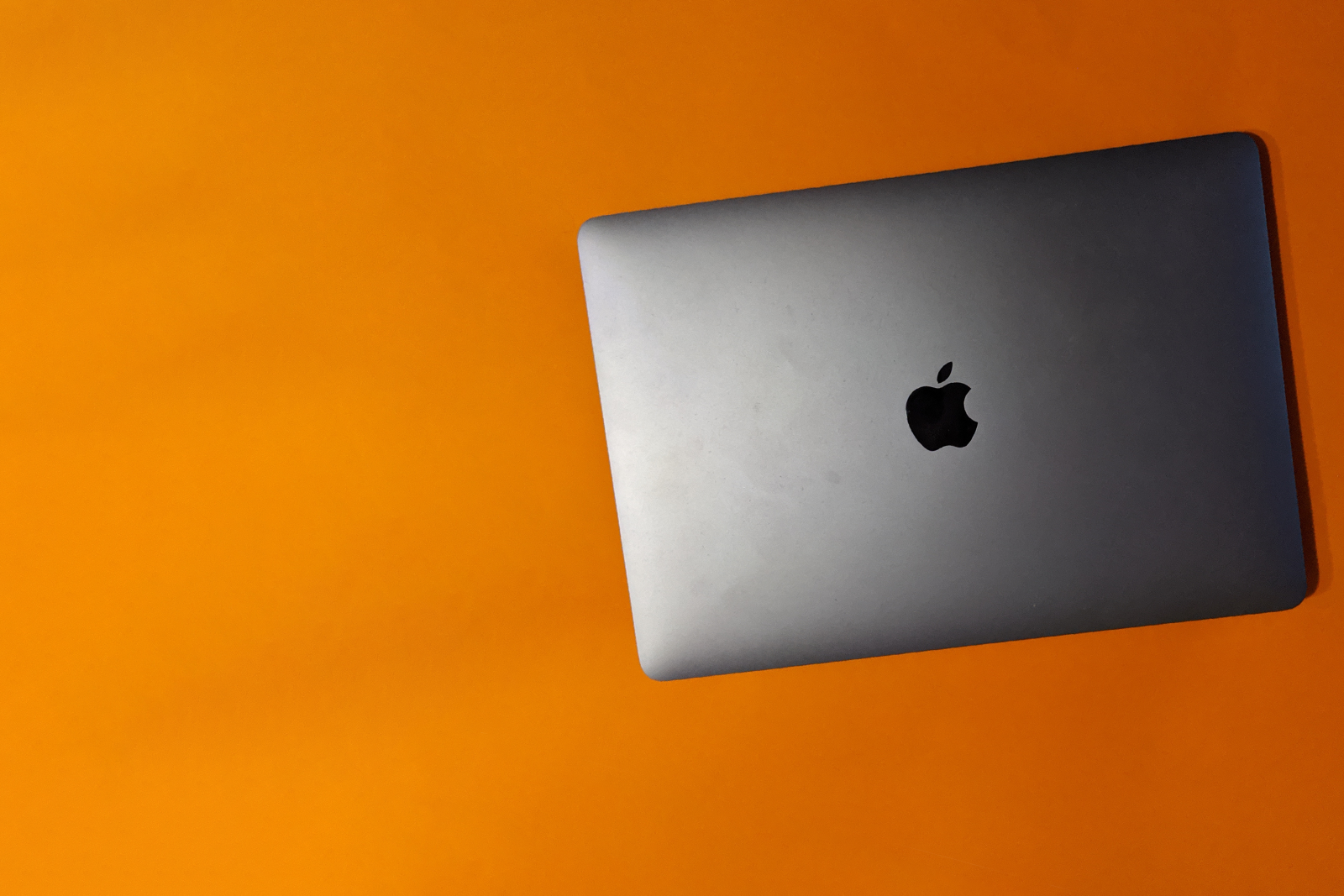
One of the nice perks of using multiple Apple devices is how well they work together. It's simple things, like being able to AirDrop a file from your iPhone to your Mac, rather than having to email it, or the ability to answer a call without physically picking up your phone. A lot of this functionality has been in macOS for years now, but having used a Windows PC for work for half a decade or so now, rediscovering some of this functionality has been very welcome.
Small things like copying text on my iPhone and pasting it straight into a document on MacBook Air are nifty little timesavers that just make the day a little easier. It's not essential functionality, but it's a useful bonus for anyone happy to stay within Apple's walled garden.
Cost
Starting at $1,599 with 256GB of storage, the MacBook Air is easy to recommend to anyone after a Mac. It's not your best option for more intense workloads, but it will more than do the trick for anyone else. There are some minor caveats like a sub-par webcam and a simple video call being enough to spin up the fans audibly, but otherwise, the 2020 MacBook Air is an excellent baseline device for anyone that just wants a reliable Mac. Especially now that the keyboard is back up to scratch.
On a tighter budget? Find the best laptops under $1,000
Or if it's Apple all the way, find a deal on iPhone
Related Articles




